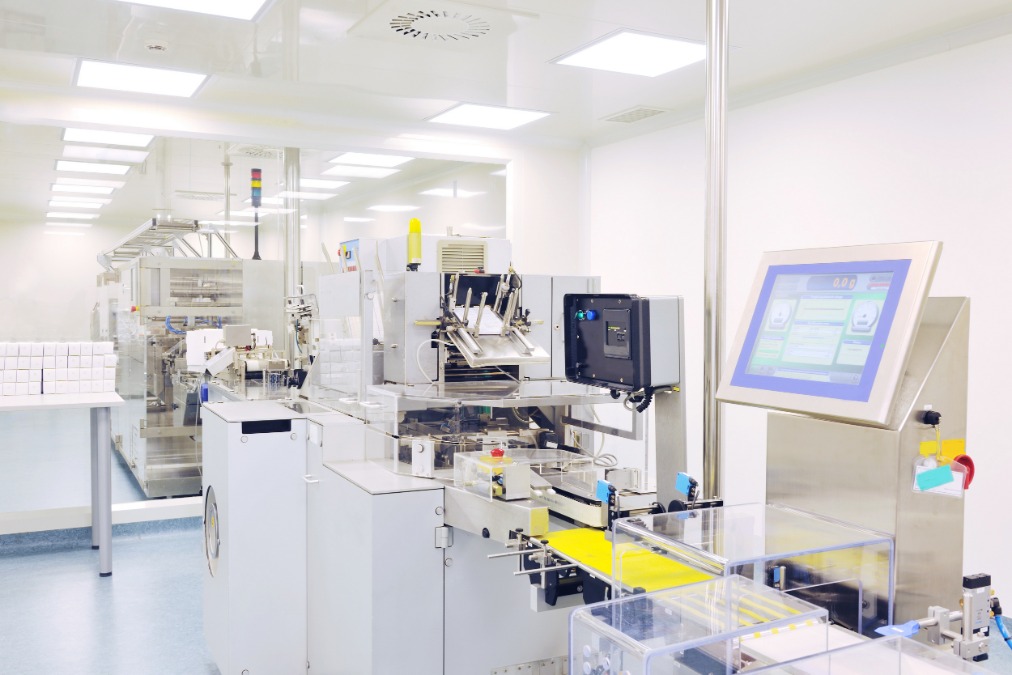Cutting edge medical devices save lives! Not only do they save lives but they carry a vector of complicated communications and a unique set of security challenges. Cyber Security Expert Lee Neubecker, sits down with Sterling Medical Device’s top engineer, Keith Handler who develops cyber protection and security for their client’s medical devices.
Sterling Medical Devices helps companies design and develop mechanical & electronic medical devices and follows them through FDA approval. The conversation is educational and important to those interested in knowing how medical devices are cyber protected and secured. In this video, they outline the concerns that relate to the control, security, and confidentiality of the patient’s health information (PHI) when using these medical devices.
The transcript of Part 1 of our Series in Medical Device Security
Lee Neubecker: Hi, I have Kieth Handler here on my show from Sterling Medical Devices. Keith is a top engineer here that helps ensure cybersecurity and resilience and protection of medical devices of their clients. They help assist through the FDA certification process. Keith, thank you, thank you for being on my show.
Keith Handler: Thanks for having me, Lee.
LN: So can you tell me a little bit about what your firm does and how it helps clients in cybersphere?
KH: Yeah, sure. Sterling Medical Devices is a 13485 certified product development firm. We help various companies design and develop electro-mechanical medical devices. Pretty much from, anything from concept all the way to submission to the FDA.
LN: So, can you tell everyone what, ISO…?
KH: 13485?
LN: 13485 Certification means?
KH: Yes that is, that is the ISO standard that defines the product development and manufacture of medical devices. It defines all the processes that we generally run our business by.
LN: Okay, so what are some of the concerns that you have as it relates to the patient personalized information, sometimes known as PHI? Is that right?
KH: Yeah, patient help information, that’s correct. Well, you know, our first concern, of course, with any medical device is safe. We want to make sure that the devices are treating patients as intended and not presenting any undue harm to the patient or anybody else. The second thing is the Patient Help Information. It’s very important that we maintain confidentiality for all patients, in any of these systems. Diagnostics, their personal information, all need to be protected.
LN: These devices, they have PHI, they also have, they also are involved with the generation of electronic medical records, known as EMR, that feed into the various hospital systems that are used to provide and deliver healthcare to users. As it relates to this, what are some of the top concerns that you try to address as it pertains to safety for your clients?
KH: Well, when it comes to information or command and control that can be done remotely on a device, it’s again important to maintain the integrity of those communications, and to protect everything there. One of the hardest aspects, I would say, is integrating a medical device into a larger hospital system. We may have control over the confidentiality of the information, and of the commands that are sent and received within a device, but as soon as we connect to an external system we lose control of that data. So, it becomes a unique challenge to try and make sure we are protecting, and not only in our system but also in any system ours might integrate with.
LN: Yeah, and there’s such a myriad of ways devices connect, Bluetooth, wifi–
KH: Yes.
LN: I’m not sure if medical devices use infrared or–
KH: Yes.
LN: Near band communication, but there are all these vectors of communication that create new threats and potentials for compromise.
KH: And typically medical hardware is pretty cutting edge, you know, some of the things that they’re trying to treat now still can’t. So all of these things that you’re bringing up, all exist in medical, all need to be protected.
LN: Great, so in our next segment we’ll be talking a little bit more about the FDA, the certification process, and some of the standards that devices might undergo to help ensure adoption by the FDA, and to make them commercially viable to be sold in the United States. And then, in our third segment, we’ll talk more about protecting devices against cyber compromise, the firmware and software that gets embedded into these devices, and other things that should be done to help keep medical devices safe and secure. Thanks for being on the show today.
KH: Thanks again for having me, Lee.
Related Materials on Medical Malpractice
See more about Sterling Medical Devices on their website.
https://sterlingmedicaldevices.com/
See other related websites for more information about Medical Device security.
FDA ISO Standards
https://www.iso.org/standards.html
FDA Medical Device Cybersecurity Guidelines
https://www.fda.gov/medical-devices/digital-health/cybersecurity

